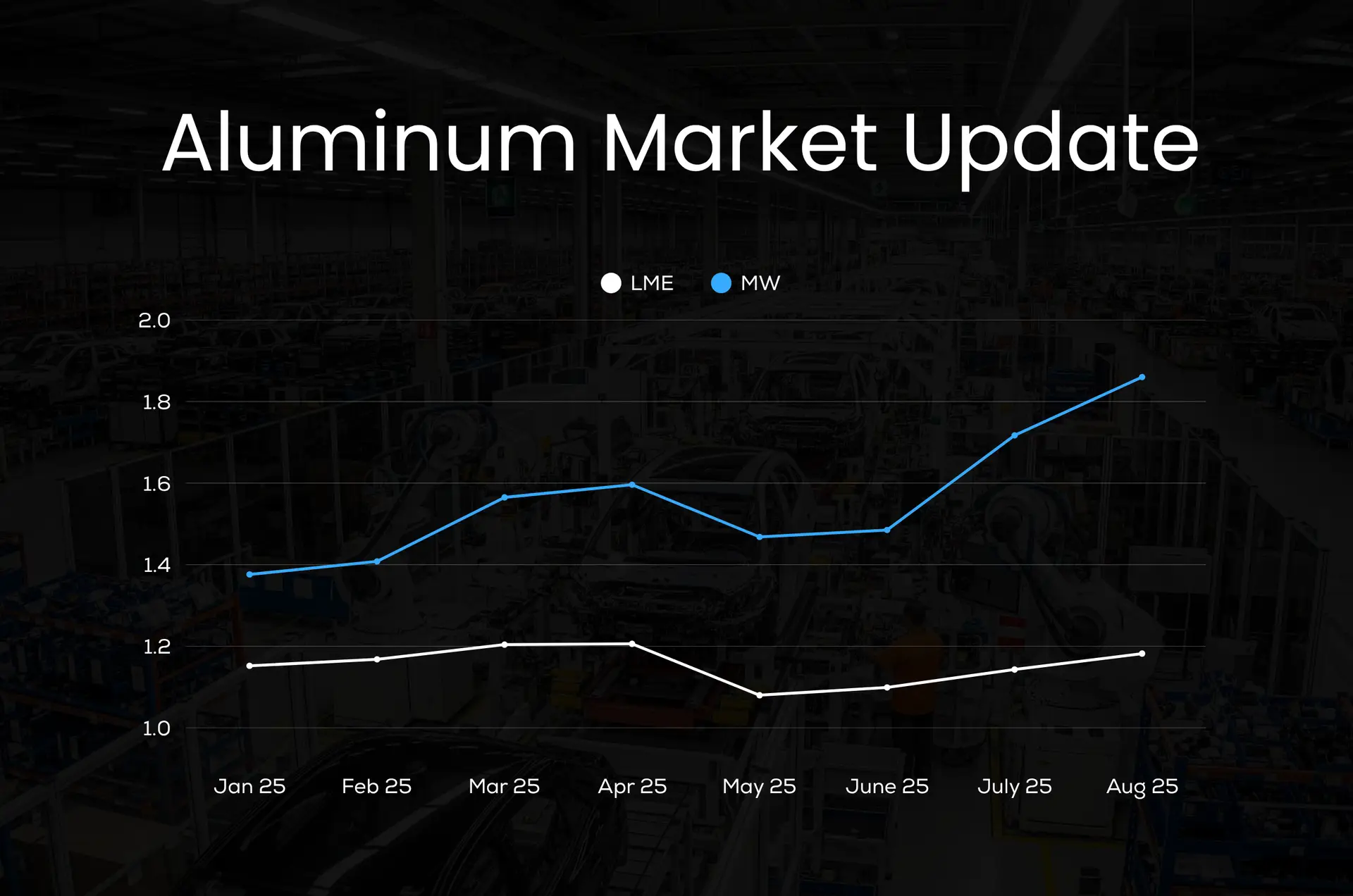Painting aluminum involves a two-step process that is interdependent for achieving quality and
performance:
Pre-Treatment: This five-stage process prepares the metal surface, involving cleaning,
rinsing, deoxidizing, acid etching, and applying a conversion coating. The conversion
coating can be based on non-hexavalent/trivalent chromium, iron-phosphate, or
zirconium phosphate to ensure optimal paint adhesion.
Application: The coating is applied manually or via automated spray systems. The
application line is electrostatically charged, drawing the coating directly to the metal
surface for maximum coverage. Coated parts then enter a thermal or infrared curing oven,
where the paint hardens and bonds to the substrate.
All paint coatings for aluminum—whether liquid or powder—are composed of two main
ingredients: pigments for color and resin binders for gloss and hardness. Conventional liquid
coatings consist of approximately 40% solid compounds (pigments and binders), with the
remainder being volatile organic compounds (VOCs) that dissipate during the thermal curing
process. In contrast, powder coating contains no solvents and is applied in powder form,
complying with environmental regulations regarding VOC emissions.
The American Aluminum Manufacturers Association (AAMA) has established coating standards
for aluminum, organized into three performance tiers:
AAMA 2603-15: Enamel, Polyester, or Acrylic resin – Voluntary specification for
pigmented organic coatings, suitable for interior installations with limited exposure to
UV and weathering. Minimum thickness of 0.8 mils.
AAMA 2604-13: 50% PVDF resin – Voluntary specification for high-performance
organic coatings, ideal for exterior installations requiring color fastness and
weatherability over a 3 to 5-year period. Minimum thickness of 1.2 mils.
AAMA 2605-13: 70% PVDF resin – Voluntary specification for superior performing
organic coatings, offering the best exterior protection against weathering, color retention,
and UV resistance over a 10-20 year period. Minimum thickness of 1.2 mils.
These standards also define testing methodologies for various performance criteria, including
impact resistance, adhesion, chemical resistance, mortar resistance, acid resistance, and pencil
hardness. Environmental factors such as heat, humidity, UV exposure, and salt spray are also
considered.
Weatherability testing is conducted through one, five, or ten years of solar exposure in South
Florida, with test panels oriented south at a 45-degree angle.
Conclusion
For more detailed information and expert application advice, please contact us.
Contact:
Larry@alpharesourcesllc.com
Call/Text 407-595-7567
www.Alpharesourcesllc.com



